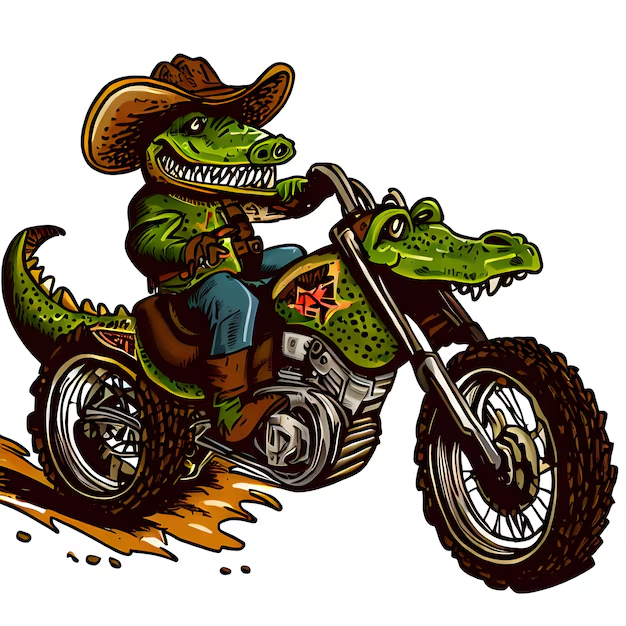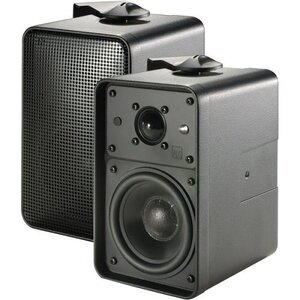How to Get the Right On Stage TM Reg No 1333271 Mic Stand Parts for Your Setup
Looking for On Stage TM Reg No 1333271 mic stand parts but feeling overwhelmed by all the options?
You’re not alone.
Many musicians, podcasters, and performers face the same issue when their gear breaks or wears out.
How do you replace that perfect mic stand part without going over budget or buying the wrong thing?
What Exactly Is On Stage TM Reg No 1333271 Mic Stand?
The on stage tm reg no 1333271 mic stand parts is a trusted name in the world of professional audio equipment.
It’s known for its durability, ease of use, and affordability, making it a go-to for musicians and audio engineers alike.
But like anything that gets regular use, parts can wear out.
And that’s where it gets tricky.
Common Problems with Mic Stand Parts
Let’s talk about the real problem—what happens when one little piece of the stand breaks?
- Loose boom arms can make it hard to position your mic
- Stripped threads mean the stand can’t hold the mic securely
- Rubber feet wearing out leads to shaky stands on stage
These issues may seem small, but they can cause big headaches when you’re performing or recording.
So, how do you fix these problems without replacing the entire stand?

Which Mic Stand Parts Do You Really Need?
This is where it can get a bit tricky. The On Stage TM Reg No 1333271 mic stand parts vary depending on what’s broken or worn out.
Let’s break down the most commonly replaced parts:
- Boom Arm
- If your boom arm is sagging, you likely need a new tightening knob or a boom replacement.
- Mic Stand Base
- A wobbling stand usually means the base needs attention. Sometimes replacing the rubber feet or the stand’s base can make a huge difference.
- Clutch
- This is the part that locks the stand in place at different heights. If it’s not holding, you’ll need to replace the clutch.
- Mic Clip
- If your microphone keeps slipping out, a replacement mic clip or a universal mic clip adapter is what you need.
- Threading
- When the threads get stripped, your mic stand can’t securely hold the mic. You might need a new thread adapter or a full joint replacement.
How to Choose the Right Replacement Part
Now that you know the common issues, how do you go about picking the correct On Stage TM Reg No 1333271 mic stand parts?
Let’s say your boom arm isn’t holding the mic at the right angle. Instead of buying an entirely new mic stand, start by checking if you can simply replace the tightening knob.
If you have stripped threads, look for compatible thread adapters that match your stand’s model.
Here’s a quick checklist to guide you:
- Identify the problem: Is it the boom, base, or mic clip?
- Check your model number: Ensure you’re buying parts for on stage tm reg no 1333271 mic stand parts.
- Measure before you buy: If possible, check the dimensions of your current part to avoid mismatches.
Real-World Example: Fixing a Sagging Boom Arm
Let’s dive into an example.
Tom, a lead singer in a local band, had an issue where the boom arm on his on stage tm reg no 1333271 mic stand parts wouldn’t stay up. During rehearsals, he’d constantly have to readjust the mic, which was super frustrating.
Instead of buying a new stand, Tom ordered a replacement boom tightening knob.
Once installed, the mic stand was back to perfect working condition for a fraction of the cost.
This small fix saved him money and let him focus on what matters—his performance.
FAQ: Frequently Asked Questions
1. How do I know if I need a new mic stand part or a whole new stand?
If only one part is malfunctioning, such as the boom arm or the mic clip, you can usually just replace that part. A full replacement stand is only necessary if multiple parts are failing.
2. Are On Stage TM Reg No 1333271 mic stand parts universal?
Most parts are designed to fit On Stage products, but it’s always a good idea to check compatibility with your specific model number.
3. How often should I replace parts on my mic stand?
It depends on how often you use it. Regular performers or podcasters may need replacements more often due to wear and tear.
4. Can I install mic stand parts myself, or do I need a professional?
Most parts, like boom arms and mic clips, are easy to install yourself with basic tools. If you’re unsure, refer to the product manual or look up a quick tutorial.
5. Where can I buy On Stage TM Reg No 1333271 mic stand parts?
You can find parts at music stores or online retailers that specialize in audio equipment.

The Smart Way to Maintain Your Mic Stand
Taking care of your on stage tm reg no 1333271 mic stand parts is easier when you know which parts to replace and when.
Always keep a few spare parts, like mic clips and rubber feet, in your gig bag or studio.
This will save you in case of an emergency right before a big performance or recording session.
If you’re unsure which part you need, it’s worth checking online forums or asking at your local music shop.
Many musicians have been in your shoes, and their advice could be the missing piece of the puzzle.
Wrapping It Up: Keep Your Mic Stand in Top Shape
Whether you’re a seasoned performer or just starting out, maintaining your equipment is key to smooth performances and recordings.
Replacing parts like boom arms, mic clips, or clutches can extend the life of your stand without draining your budget.
Next time you’re troubleshooting mic stand issues, remember that finding the right On Stage TM Reg No 1333271 mic stand parts can make all the difference.
You don’t always need a new stand—sometimes, all you need is a small part to keep the show rolling.
Don’t forget: keeping your On Stage TM Reg No 1333271 mic stand parts in good condition means fewer distractions during your creative process and more time to focus on what you love—making music.














Post Comment